Winter Beard Woes: Why Cold, Wind & Dry Air Are Enemies of Your Facial Hair

When the temperature drops and the wind picks up, your beard takes a beating. Even though your face is mostly protected (unlike the hair on your head), there are a number of ways that winter elements can harm your beard:
1. Moisture Loss & Drying
Cold air holds less moisture than warm air. As humidity drops, your beard (and the skin beneath) lose water through trans-epidermal water loss. Dry hair is brittle hair. It becomes stiff, lacks flexibility, and splits more easily.
2. Cuticle Damage from Wind & Abrasion
Wind acts like a sandblaster. Strong gusts rough up the hair cuticle (the outer “scales” of the hair shaft). As the cuticle becomes raised or chipped, hair strands are more vulnerable. Friction from collars, scarves, jackets, or even brushing/handling further worsens the damage.
3. Cold-Induced Constriction & Breakage
In very cold temperatures, hair fibers contract slightly, and become less elastic. If you’re moving between chilly outdoors and heated indoors, that repeated thermal stress can create micro-cracks in the fiber. In simple terms: your beard gets less forgiving.
4. Flakes, Itch & Skin Irritation
Dry skin beneath your beard can flake and crack, causing itch. Itchy, flaky skin leads to scratching and more mechanical stress on your beard, leading to breakage and split ends.
5. Static & Brittleness
Dry winter air also increases static. Hair strands repel each other, become frizzy, and may snap more easily when touched.
In short: low humidity + cold + wind + friction = prime conditions for split ends, breakage, and a coarse, rough beard.
Defending Your Beard: Best Practices & Tools (Bearded Me Style)
Here’s how you can protect your beard through the colder months.
1. Keep Hydration Top of Mind
-
Internal hydration: Drink plenty of water. Hydrated body = better hydration delivered to hair follicles.
-
Humidify your indoor space: Use a humidifier, especially near your workspace or bedroom. Raise indoor relative humidity to ~40–50%.
2. Use Beard-Specific Cleansers (Not Harsh Shampoos)
Avoid regular hair shampoos, which may strip too much natural oil. Instead, use gentle beard wash or beard shampoo that preserves natural oils. Bigfoot Grooming offers a Beard Wash line suited for facial hair care. Bigfoot Grooming
Use lukewarm water only (never hot), and don’t over-wash - 2–3 times per week is plenty for most beards.
3. Deep Condition & Lock in Moisture
After washing, apply a beard conditioner or leave-in. This replenishes moisture and smooths the cuticle.
4. Daily Use of Oil / Balm / Butter
This is arguably the most essential step in winter.
-
Beard Oil: Penetrates into the hair shaft and skin, restoring lipids and softening hair.
-
Beard Balm / Butter: Adds heavier, occlusive fats to seal in moisture and protect from wind.
Bigfoot Grooming produces a range of beard oils, balms, butters, and fluffs. All handcrafted and made in small batches to preserve quality. Bigfoot Grooming
You can look into their starter bundles to try multiple formats. Bigfoot Grooming
When applying, warm the product in your palms and gently massage into both hair and skin; work from root to tip. For longer beards, comb or brush to distribute evenly.
5. Trim Smart & Prevent Split Ends
Don’t fight split ends, trim them. Regular trimming (even small snips) helps prevent splits from progressing up the hair shaft.
When trimming or shaping, ensure your tools (scissors or a precision trimmer) are sharp. Blunt tools cause tearing. Also, trim when your beard is dry! Hair shrinks when wet and you might cut too much.
6. Shield from Wind & Chill
-
Use scarves, neck gaiters, or face masks to buffer wind.
-
Wear a hat or hoodie to protect the upper face and minimize direct wind exposure.
-
Avoid letting collars or coarse fabrics rub against your beard too much—smooth fabrics are better.
7. Gentle Handling & Brushing
-
Use a wide-tooth beard comb or natural-bristle beard brush.
-
Don’t tug or pull; de-tangle slowly, especially when the beard is dry and brittle.
-
At night, consider wrapping your beard in a soft cotton cloth or silk (similar to hair wrap ideas) to reduce friction against pillowcases.
8. Night-Time Care
Before bed, reapply a light layer of beard oil or balm. Also make sure your skin is clean and moisturised. This gives your hair overnight nourishment.
9. Extra Boost: Occasional Deep Treatments
Once every week or fortnight, do a beard mask — a richer blend (e.g. oils + shea butter) you leave in for 15–20 minutes (or overnight) under a scarf or towel. Rinse, then reapply regular oil/balm.
Why Bigfoot Grooming Makes Sense in Winter
-
Their small-batch, handcrafted approach helps ensure freshness and potency in oils and butters. Bigfoot Grooming
-
Their product range covers the full spectrum: wash, oil, balm, butter, and even “fluff” options. Bigfoot Grooming
-
You can get bundles that let you trial multiple formulations (oil + balm + wash) ideal to test what your beard prefers in winter. Bigfoot Grooming
-
The emphasis on natural formulations means you avoid harsh synthetic chemicals that can further damage brittle winter beard hair.
By pairing protective habits (shielding, gentle handling, humidifying) with a strong beard-care routine (wash, condition, oil & balm, trims), Bearded you can navigate the cold months without shredding their beard into frizz and split ends.
